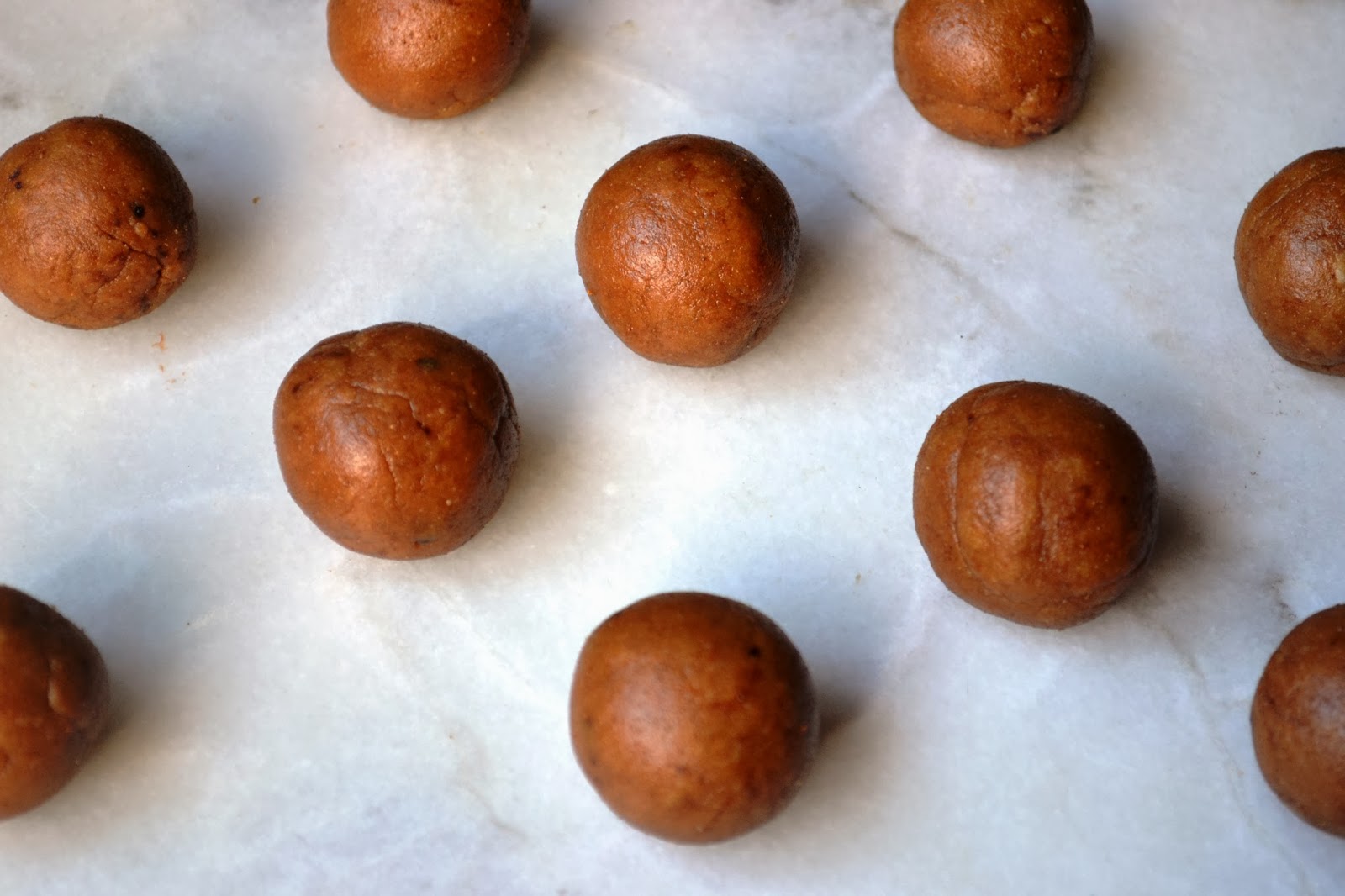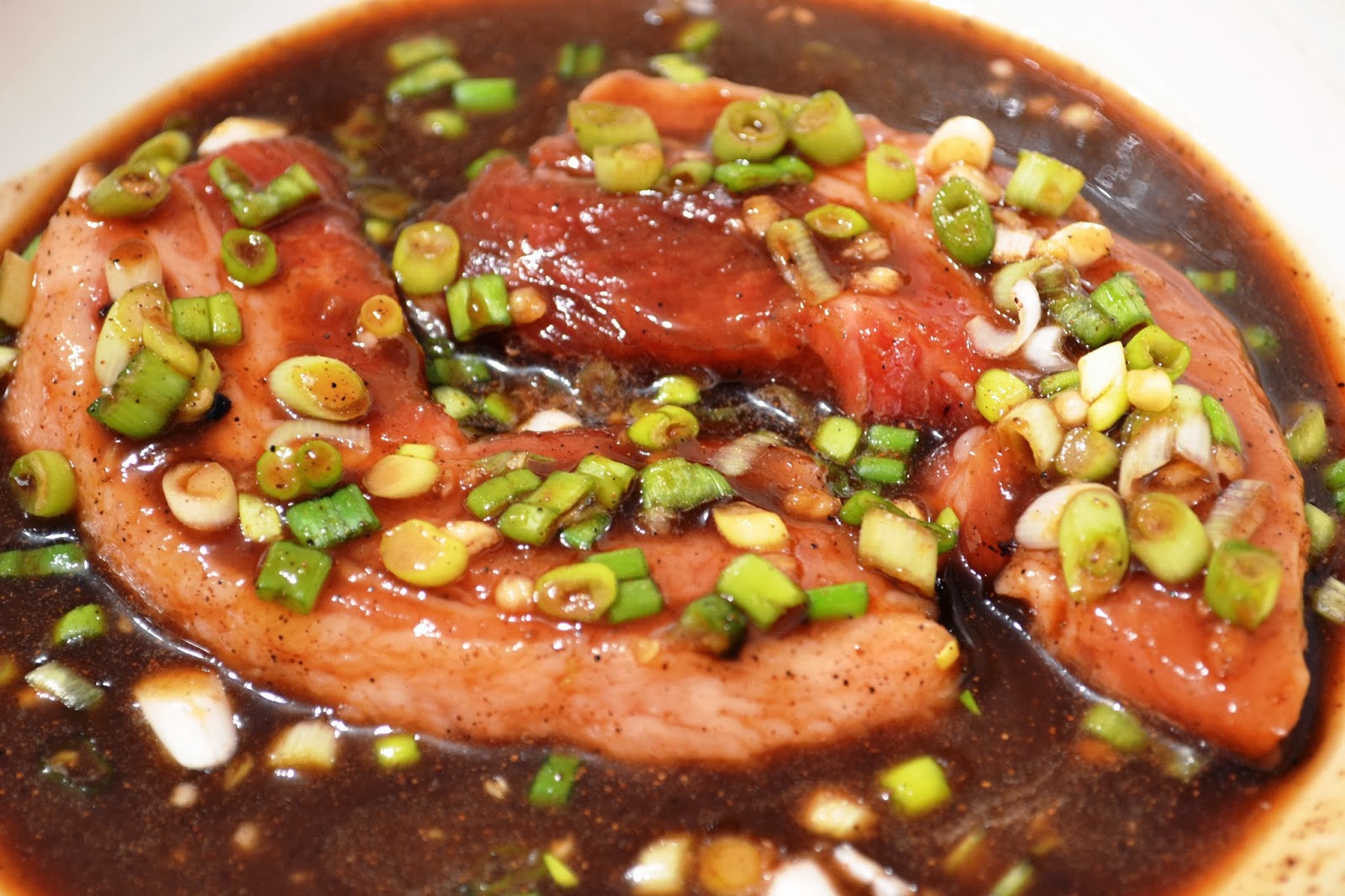I decided to set myself a bit of a challenge this weekend and decided to tackle croissants. I realised during the process that this Viennoiserie pastry isn't as difficult to make as I thought it was going to be, but if you are going to make your own croissants please note that they are extremely time consuming and you will need to start making these the day before you want to eat them.
This recipe makes 12 croissants and comes courtesy of Paul Hollywood and his fantastic 'How to Bake' book. The recipe looks long and intimidating, but trust me, it is a lot easier than it first appears.
Ingredients
500g strong white bread flour, plus extra for dusting
10g salt
80g caster sugar
10g instant yeast
300ml cool water
300g chilled butter
1 egg beaten for glaze
Method
- Put the flour into a bowl of a mixer fitted with a dough hook. Add the salt and sugar to one side of the bowl and the yeast to the other. Add the water and mix on a slow speed for 2 minutes, then on a medium speed for 6 minutes.
- Tip the dough out onto a lightly floured surface and shape it into a ball. Dust with flour, wrap lightly with cling film and chill in the fridge for an hour.
- Whilst the dough is chilling measure out the butter and place it into the freezer, this will make it hard and make rolling it out much easier.
- On a lightly floured surface, roll the dough out into a rectangle, about 60 x 20cm. Place the butter in between 2 sheets of cling film and flatten into a rectangle, about 40 x 19cm. Put the butter on the dough so that it covers the bottom two-thirds of the dough. Make sure that it is positioned neatly and comes almost to the edges.
- Fold the exposed dough at the top down over one-third of the butter. Now gently cut off the exposed bit of butter, without going through the dough, and put it on the top of the dough you have just folded down. Fold the bottom half of the dough up. You will now have a sandwich of two layers of butter and three of dough. Pinch the edges lightly to seal in the butter. Put the dough back in the cling film and chill in the fridge for an hour.
- Unwrap the dough and put it on the lightly floured work surface with a short end towards you. Roll into a rectangle, about 60 x 20cm. This time fold up one-third of the dough and then fold the top third down on top to make a neat square to make a neat square. Put the dough back into the cling film and chill for another hour. Repeat this stage twice more, putting the dough back into the fridge for an hour each time.
- Your dough now needs to be left in the fridge for 8 hours, or overnight, to rest. You will find that it will rise slightly in the fridge overnight.
- When you are ready to shape the croissants, line 2 or 3 baking trays with baking parchment.
- Place the dough on a lightly floured surface and roll out to a rectangle, a little more than 42cm long and 30cm wide. Trim the edges to neaten them.
- Cut the rectangle down the centre into 2 strips, then cut triangles along the length of each strip; these should be 12cm wide at the base and about 15cm high (from the middle of the base to the tip). You should get 6 triangles from each strip.
- Before rolling, gently press down the wide base of the triangle and gently tug the opposite thin end to cause a slight tension in the dough. Now starting at the thick end of the triangle, roll up into a croissant.
- Space the croissants out onto the lined baking trays, allow 4 – 6 per tray. Put each tray inside a clean plastic bag and leave the croissants to rise at cool room temperature until at least doubled in size. This should take about 2 hours.
- Preheat your oven to 180C/160C fan/355F whilst the croissants are proving for the final time. Brush the croissants with the beaten egg glaze.
- Bake in the centre of the oven for 15 – 20 minutes or until golden brown. Cool on a wire rack.
My one piece of advice would be to eat these whilst they are still warm. They will be gorgeously crunchy on the outside and light and fluffy in the middle with defined layers of pastry in between. Just try not to eat too many at once!















